The dark side of the influencer economy
Jul 28, 2022
8 mins
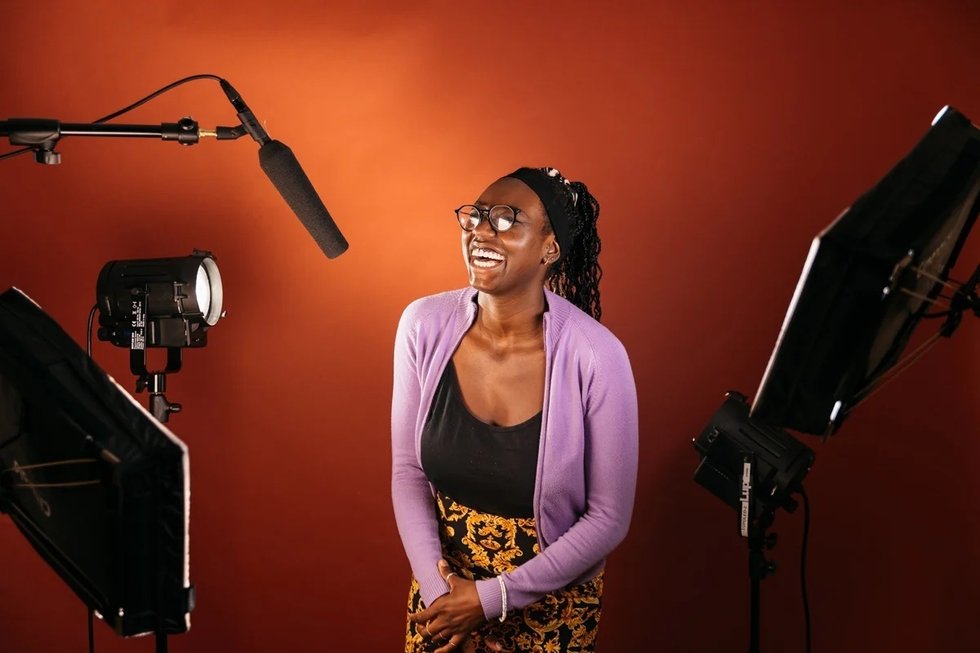
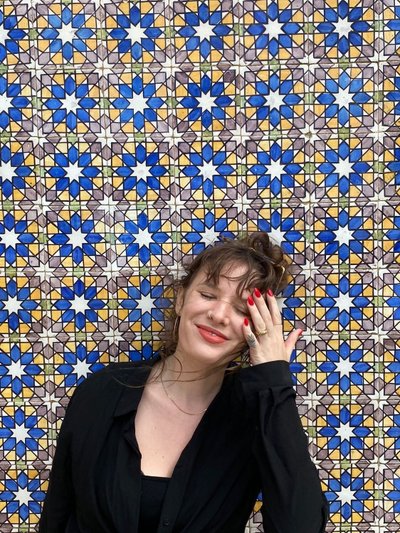
Journalist
The influencer economy came from nowhere to become a billion-dollar business. Ten years ago, we were all new to Instagram and Snapchat, and TikTok was still years away from inception. The culture of social media was only just beginning to take shape and to grow into the embedded presence it is today. Back then, who could imagine using social media alone to build a career and make a living? Yet that’s exactly what thousands around the world do now.
Celebrity endorsement has long been popular with brands, but now it’s believed that consumers are more likely to follow “everyday people” who are relatable. That gives enormous power to anyone with a smartphone – no university education or family connections are required. If you build a large following, you could land lucrative brand deals as an influencer. In 2022, the influencer economy is expected to become a $16.4 billion industry and it’s only getting bigger.
Being an influencer or content creator is proving to be a popular career choice for Gen Z – even more than for Millennials. But what is life – and work – like for “everyday people” who put themselves in the public eye and take on advertising for big brands?
The answer might surprise you. There are few regulations protecting content creators, or diversity goals to promote equality. So, while the influencer economy might look like it is available to everyone, inequality is just as prevalent there as in “real” life. For example, studies show that brands are less likely to work with Black influencers, women face an “epidemic of misogynist abuse” on Instagram, and LGBTQ+ influencers experience homophobic attacks. In an attempt to understand what’s going on, Welcome to the Jungle sat down with three influencers for a frank discussion on this thriving industry.
Ascia Al Faraj: The deepest, darkest things that people think are sent to me in DMs
Based in Kuwait, Ascia al Faraj is a fashion influencer with more than 2.5 million Instagram followers. The 32-year-old has been in the industry for more than 11 years and is a strong female presence in the Middle East. “I started because I felt there was a gap in the market in terms of what I wanted to see online,” she says. al Faraj’s feed is a mixture of quirky, colorful fashion shots, photographs with her two adolescent boys, and skin- and hair-care routines. Initially, she dressed modestly and wore a turban. She has since stopped wearing a turban, but she maintains a girl-next-door – with a killer wardrobe – image. However, al Faraj says she has experienced hypersexualization throughout her career. “I was hypersexualized when in a turban and as a modest dresser as well. It was people wanting to know what I look like underneath it, and now I’m sexualized because people know what it looks like underneath it and think that I’m ‘asking’ for it,” she says.
Most influencers – 68% – are women. They are also more likely to be targets of abuse from followers, according to a recent report released by the Center for Combating Digital Hate (CCDH). It analyzed thousands of direct messages (DM) sent to high-profile women on Instagram and found a failure by the platform to address an “epidemic of misogynist abuse.”
Al Faraj says being subjected to this kind of treatment has had a serious impact on her mental health. “As a social media personality, you’re putting things out to be consumed in a specific way. But once it’s out on the internet, you lose all control of it and how it’s perceived,” she says. The responses go beyond nasty messages. “If you live in the Middle East, there’s real violence,” she says. “We had a string of murders in Iraq of women who were heavy on Instagram and TikTok. They were considered too sexual and were shot in their cars. People pulled up to them at stoplights and shot them. Several were killed in the span of a month.”
Al Faraj wanted to take a stand but knew her safety might be at risk if she did so as Instagram fails to act on 9 out of 10 violent threats on the platform. “When we were talking about women’s rights on social media, another influencer who was also vocal online and I were terrified to go out. It’s too small of a country – there are physical repercussions too, not just verbal,” she says.
Al Faraj worries that the abusive messages she receives are indicative of how people really think. “The deepest, darkest things that people think are sent to me in DMs. That’s what’s so terrifying because it alters the way you perceive people in real life,” she says. “Then, when you’re out and about among them, you think to yourself ‘Which one of them is it?’”
Eli Erlick: Not only is it more difficult to find work for trans influencers, but we’re paid less
Eli Erlick is a writer, academic, and trans activist based in New York. Her content covers politics and LGBTQI+ rights, but she has dabbled in other areas to fund her PhD, such as endorsing fashion brands and starring in a Tegan and Sara music video. “I work with a big range of different companies, usually fashion, beauty, and dating apps,” she says. While the work is lucrative, Erlick says it’s a double-edged sword when it comes to queer representation. “I find a lot of it somewhere in between empowering and tokenizing. Ultimately, they want to show that they’re trans supportive. But [they are] also virtue signaling in this way that ends up with them achieving value off our identities,” she says.
Erlick says members of the LGBTQI+ community are not paid as much as their straight, cisgender counterparts for their work. “My first job in New York was for one of the largest beauty brands in the world. They brought three trans models and influencers to be the center of their pride campaign,” she says. “They paid us $300 each [for one day’s work]. It was a ‘take it or leave it’ amount, [but] pay is typically $2,000 to $5,000 for this type of campaign.”
Visibility for marginalized communities is crucial, and it creates a sense of security and belonging to society. It means that members of those communities have someone to look up to, someone who validates their experience and makes them feel empowered. Erlick is a tireless activist, but she says companies use this desire for visibility as an excuse to underpay. “Not only is it more difficult to find work for trans influencers, but we’re also paid less. This is definitely an ongoing issue,” she says. The issue is compounded by the fact that trans people are some of the most financially marginalized in the US – with cisgender people taking home 32% more in wages. “There’s the ongoing joke that visibility doesn’t pay the bills. I have seen companies starting to realize that it’s so bad it’s become a meme. They’re realizing they can’t really get away with it as much anymore. But they still try!” she says.
Erlick says there is pressure on her to be political, but there is plenty of criticism, even trolling when she is. “There is both pressure to be political and also pressure to be less political all at the same time. There are intensely mixed messages,” she says.
Anti-trans voices challenge the core of trans identities, which Erlick says can affect their sense of self. Many people say things online that they would never utter in person, but studies show that online trolling has similar psychological effects to offline harassment. Those from LGBTQI+ and BIPOC (Black, Indigenous, and people of color) communities are more likely to experience disproportionate abuse online than other groups. Erlick says, “For trans people of all genders, it’s not just [about] appearance but also our fundamental sense of self. We’re going to be told you aren’t women, you’re not non-binary, you’re not a man. People will go as far as to point out particular parts of our body that they consider one gender or another, and that our gender is somehow related to mental illness or pedophilia.”
Addie Fisher: In the beginning, I thought, ‘Black people don’t care about ‘sustainability’
In the United States, Black people earn 37% less than their white counterparts – and the influencer economy is no exception. The pay gap between BIPOC influencers and white people is 29%. Lucrative deals start to roll in for influencers once they have more than 50,000 followers. About 59% of white influencers have yet to reach that threshold – but 77% of Black influencers haven’t made it there yet, including Addie Fisher. A sustainability influencer for 10 years, she has yet to clock up 20,000 followers on Instagram. “When partnering with companies, I’m not chosen as often. That’s because my following is smaller – but it’s smaller because people go to what they know and, most of the time, that is white women,” she says.
In 2020, Ugandan climate activist Vanessa Nakate was cropped out of an Associated Press image of her and four other climate activists, all of whom were white (including Greta Thunberg), at the World Economic Forum in Davos. Instances like these have contributed to a culture of sustainability that looks very white, even though BIPOC are disproportionately affected by climate change.
Fisher didn’t think she’d be successful as a sustainability influencer in the Black community. “Entering the sustainability program in college, I was one of just two African-Americans. It was very uncomfortable being surrounded by people of different classes and races all the time. I had nobody to relate to in that program. Even though we made friends, it just wasn’t the same as being able to relate wholeheartedly. In the beginning, I thought, ‘Black people don’t care about sustainability because I didn’t see Black people caring about sustainability,” she says.
In time, Fisher realized that Black people do care about the issue. “I have made so many real friends through Instagram alone, connecting with people who are passionate about the environment, with Black people, Black women, queer women, people of all colors,” she says. She is now working with others to elevate Black sustainability influencers individually and in groups, having noticed white female influencers partnering with each other. Fisher has already worked on an Instagram series with a fellow Black influencer. “We’re thinking, OK, if they [white female influencers] can do it, we can do it too.”
In 2020, there was a surge of interest in Black influencers after George Floyd was murdered on the streets of Minneapolis and Black Lives Matter protests were held across the country. People were looking for more Black content, and brands were looking to partner with Black influencers.
Fisher said she saw growth in followers during that period, but it was not sustained. “During the George Floyd case and after he was killed, there was a spike in people trying to diversify their feed,” she says. “But it wasn’t totally genuine. There was a spike in growth on my social media platforms. But that slowly went away. I was curious about how much people actually want to diversify their feeds versus just [doing] it for the ’gram.” In other words, were they doing it just to look good on Instagram?
Despite the nature of the spike, Fisher says she’s tentatively hopeful. “People are genuinely following me – and not just because I’m a Black woman – because they need to see sustainability from different sources. I do feel like businesses are being more genuine with diversity. But unfortunately [it’s] not everybody.”
While the influencer economy presents fewer barriers to entry than other careers, it is far from a level playing field. There is a lack of regulations to safeguard content creators from abuse and discrimination, so inequalities that exist in other industries and in wider society seep into the influencer world. Socio-economic issues that exist in society are reflected in the social media world too. The influencer economy is in its infancy, however. Companies such as Meta and Twitter are under intense pressure to implement measures that will keep people safe. We just don’t know whether they will take action or not.
Photo: Welcome to the Jungle
Follow Welcome to the Jungle on Facebook on LinkedIn and on Instagram and subscribe to our newsletter to get our latest articles every day!

More inspiration: Society for workers
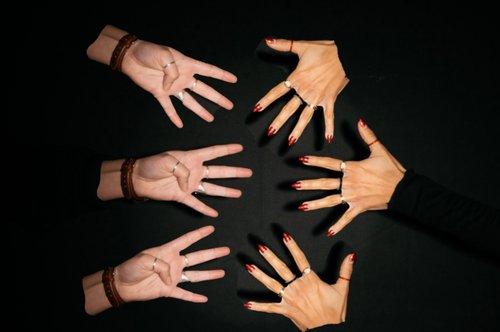
How auto unions are advancing the idea of a shorter working week for all
As support for the 4-day workweek keeps gaining steam, the industry that ushered in the 5-day workweek is still at the forefront
Nov 27, 2023
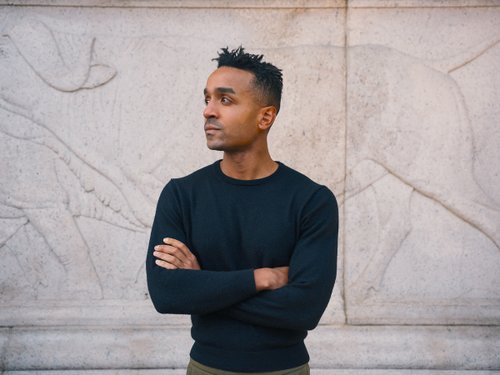
“Many American workers and families break even at best.”
An economics reporter breaks down the complex landscape of today's economy.
Nov 23, 2023
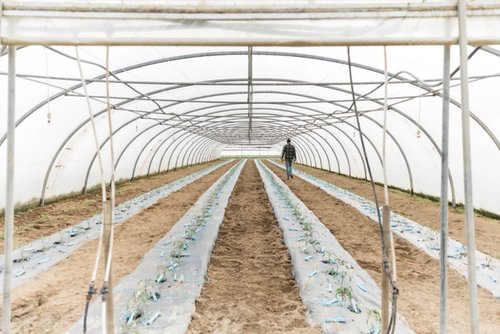
When your workplace is literally toxic — but you’re a kid
In the US, caustic chemicals, scalding appliances, and dangerous machinery are all in a day’s work for a growing body of exploited children.
Nov 07, 2023
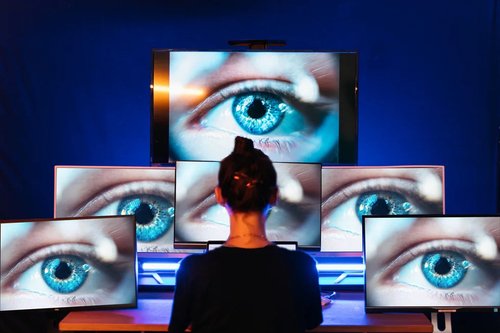
So, are robots really coming for our jobs? A conversation with futurist Gary Bolles
Fears of an AI apocalypse loom large, but what are experts saying about the future?
Mar 07, 2023
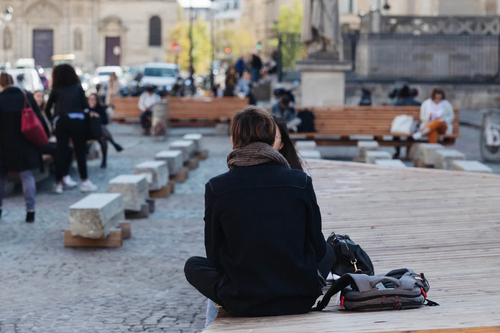
With a universal income, will we stop working?
Universal income is gaining traction in Europe, but questions about essential jobs remain…
Dec 21, 2022
The newsletter that does the job
Want to keep up with the latest articles? Twice a week you can receive stories, jobs, and tips in your inbox.

Looking for your next job?
Over 200,000 people have found a job with Welcome to the Jungle.
Explore jobs